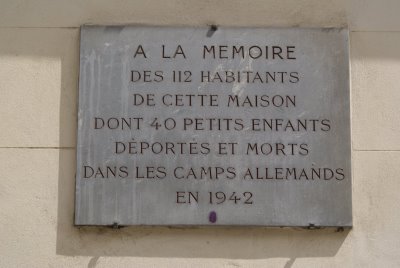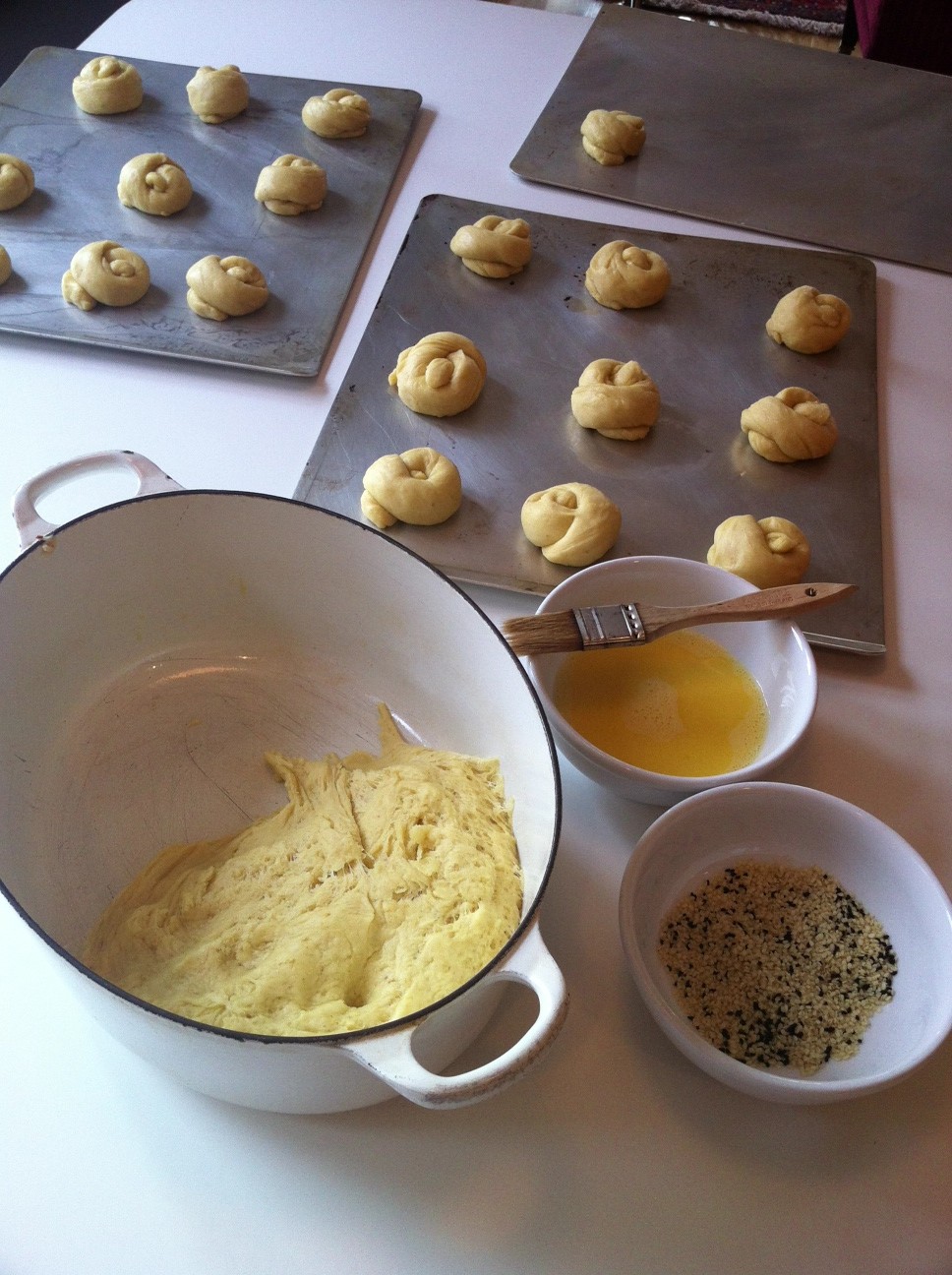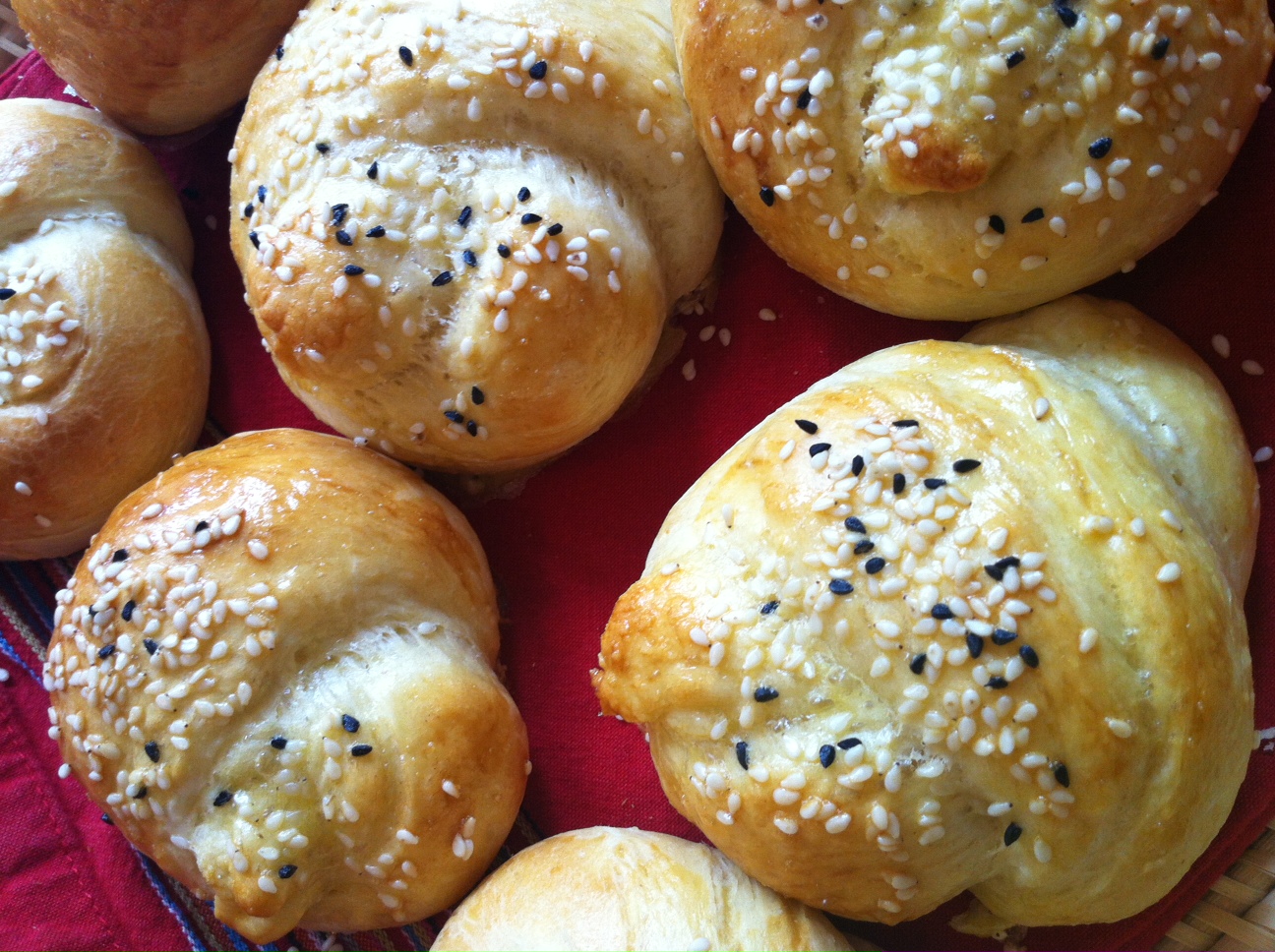One Armenian Girl: “This is what I remember”
On April 24th, 1915, several hundred Armenian community leaders, writers and intellectuals in Constantinople were rounded up and deported, launching what would become a mass slaughter and exile of the Armenian subjects of the Ottoman Empire. Each year on April 24th, Armenians around the world commemorate what has variously been called the Great Crime, the Deportations, the Massacres, and the Genocide. The poem below was inspired by stories that my grandmother told me of her experiences during the Deportations and in the years immediately following.
ARMENIA
For Mariam Kodjababian Kricorian
I. Syria
This is what I remember:
I would make fine stitches
in scraps of cloth and my father
would look up from his work
and praise my tiny row of seeds.
I loved to sit among the buttons
and bolts of cloth and hear the rock
of the pedal and sewing machine.
One winter morning when the snow
drifts stood as high as my head,
my father swung me to his shoulders
and carried me two miles to school
past the white mountains of cedar.
I don’t know why it happened.
A notice nailed to the wall
in my eighth year and we gathered
few belongings, and all our people
marched and stumbled toward Syria.
My mother fell by the road,
and we left her there.
The great dark birds followed us.
The soldiers were dogs, and we became
less than nothing in the desert.
My father died, and my small sisters
grew thinner to their deaths.
There was me and my brother Sarkis,
and the black tent flapping in the sand.
II. Cyprus
There were twenty beds to make,
double back the stiff cuff of sheet
over the rough blanket, the cotton cover,
and baste it all together twenty times.
Then the long boards of the floors,
quick dance of the broom, splash
of the pail and the mop and thirty
stairs from the top
to the bottom of the inn.
My uncle’s wife had me earn my keep.
My brother was made an apprentice
to the drunken tailor in the next village,
where straight seams happened in the morning
and not much in the afternoon.
He arrived late one night at the inn,
a tall narrow man in American suits.
His stare made my hands tremble
and the milk pitcher smash to the floor
when I served his meal.
He tucked notes in my apron pocket
when he passed me in the hall.
I tore them up unopened.
I was sixteen and he twice my age.
My uncle asked, Mariam, will you go
with this man to America?
We left Cyprus one week later
on a ship as big as our village.
My name was made Mary, my age eighteen.
I never saw my brother again.
III. Egypt
Our wedding picture was taken
in Cairo. My husband’s cousin
helped me with the row
of small buttons down the back
of the ivory satin gown; she loaned me
gold earrings and a bracelet.
I sat in a chair and my feet
in their pale shoes barely
grazed the floor.
Leo stood beside me,
a hand on my shoulder,
staring straight into the eye
of the machine and the man
under the black cloth behind it.
With the flash of light
I saw the fierce sun of the desert,
and felt the fear rise up,
great wings beating against my ribs.
I saw Sarkis waving from the pier.
I thought of letting my long hair down,
and nothing else.
Nancy Kricorian
This poem was originally published in WITNESS in its Spring 1988 Issue.
April 24, 2013




